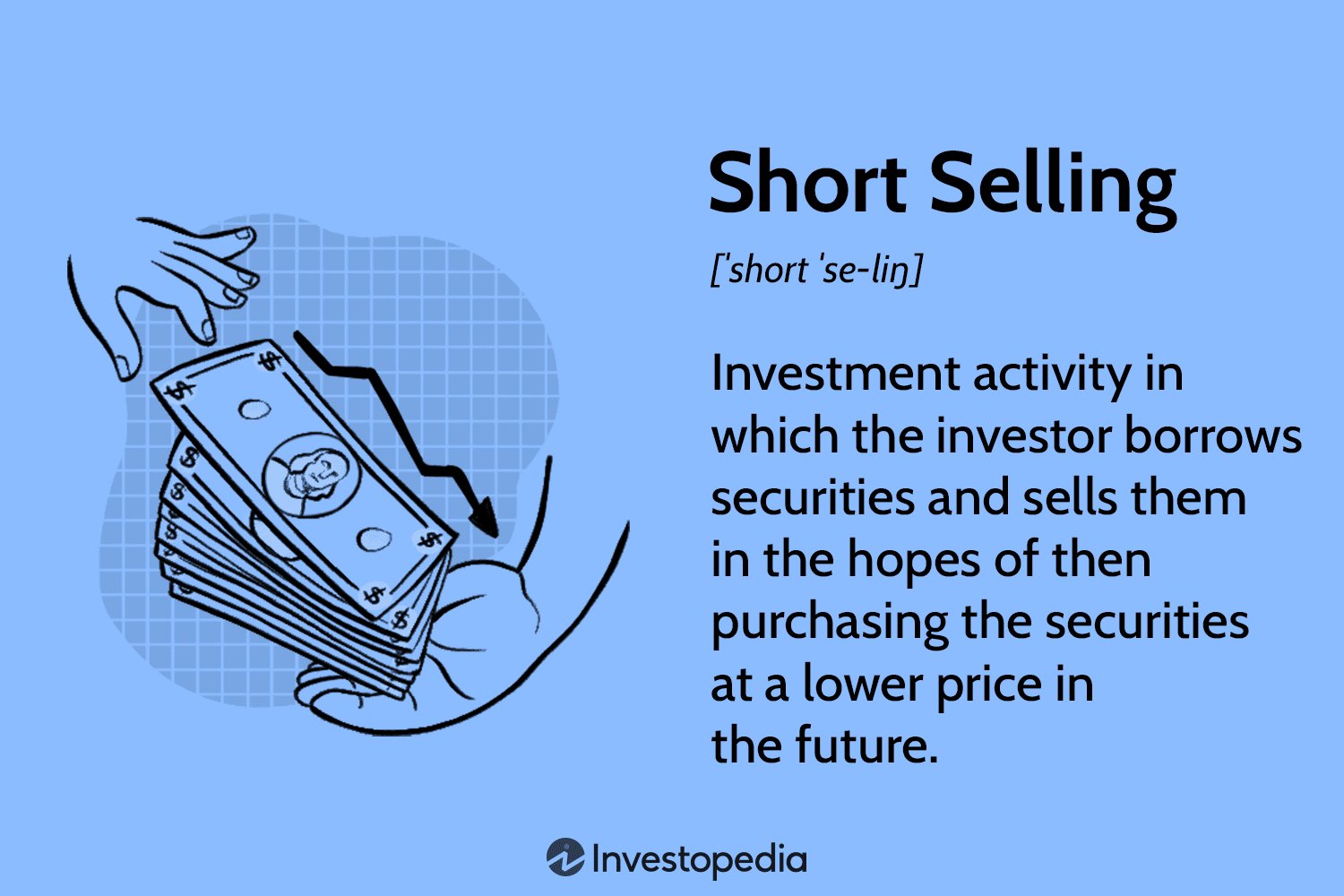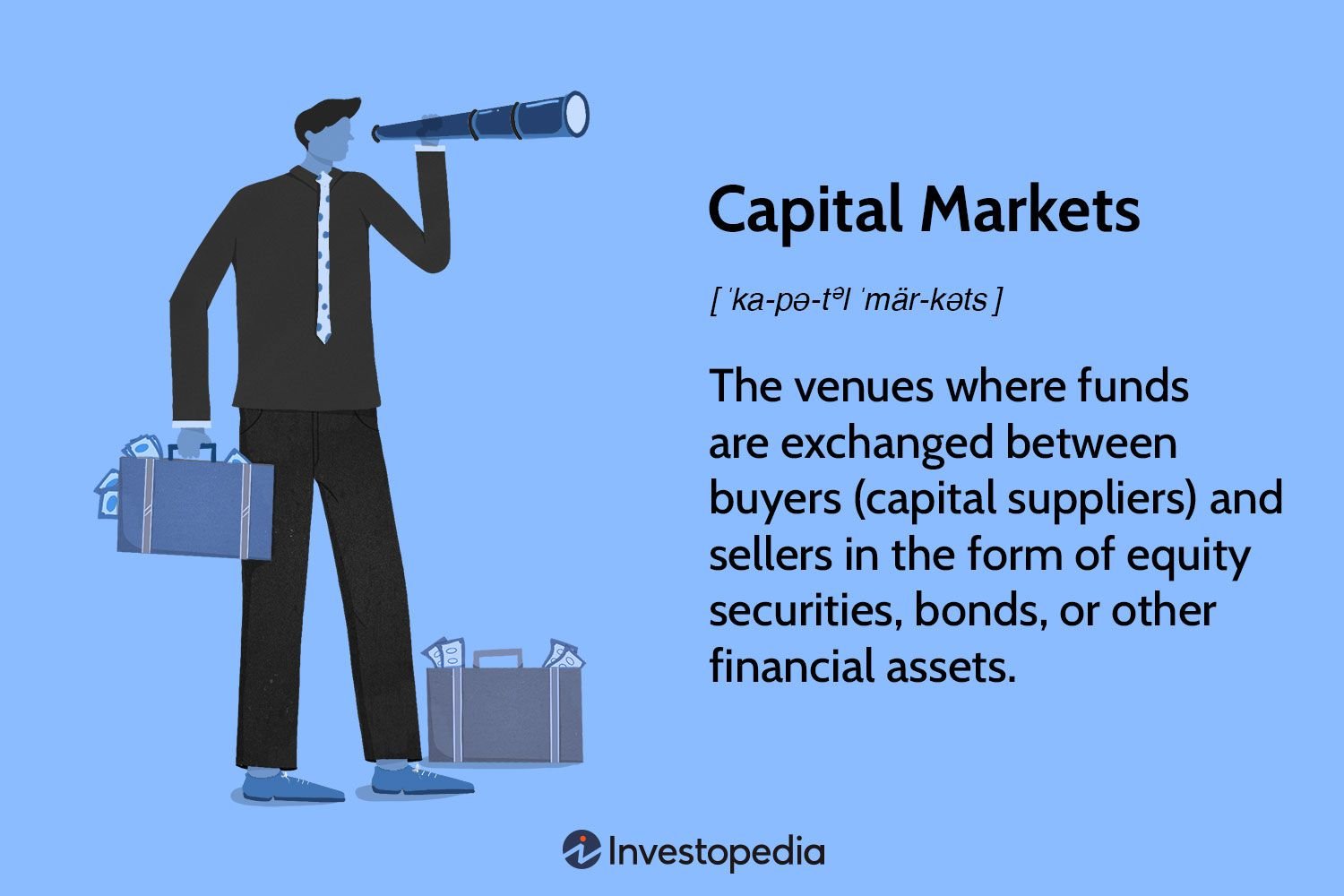Short selling in stock markets is a concept that often raises eyebrows and sparks curiosity among investors. So, what is short selling in stock markets? It’s essentially a strategy where investors sell borrowed shares in the hopes of buying them back at a lower price, profiting from the difference. In simpler terms, it’s betting against a company’s success by selling shares you don’t own yet, aiming to profit when the stock price drops. This controversial practice can be both risky and rewarding, making it crucial for investors to fully understand its intricacies and potential consequences. Let’s delve deeper into this fascinating aspect of the stock market and uncover the risks and rewards of short selling.
What is Short Selling in Stock Markets?
Short selling is a trading strategy used in stock markets that allows investors to profit from a decline in the price of a security. It involves selling borrowed shares with the expectation that the price will fall, allowing the investor to buy them back at a lower price and return them to the lender, pocketing the difference as profit. This practice is often seen as controversial and can be risky, but it plays an essential role in market efficiency and liquidity.
How Does Short Selling Work?
To understand how short selling works, let’s break down the process step by step:
1. Borrowing Shares: In order to short sell a stock, an investor needs to borrow shares from a brokerage firm or another investor who owns the stock. They typically pay a fee for borrowing these shares, and the shares must be returned eventually.
2. Selling the Shares: Once the shares are borrowed, the investor sells them on the market at the current market price. This creates a short position. The investor receives the proceeds from the sale but still owes the lender an equivalent number of shares.
3. Waiting for the Price to Fall: The investor waits for the price of the stock to decline. If the price drops as anticipated, the investor can buy back the shares at the lower price.
4. Buying Back the Shares: When the stock price reaches the desired level, the investor purchases the same number of shares they initially borrowed at the lower price. This is called “covering the short position.”
5. Returning the Shares: Finally, the investor returns the borrowed shares to the lender, typically through their broker. If the price difference between the selling and buying prices is positive, the investor makes a profit. However, if the price rises instead of falling, the investor will face a loss.
Why Do Investors Short Sell?
Investors engage in short selling for a variety of reasons, including:
1. Profit from Declining Prices: Short sellers aim to profit from expected price declines in specific stocks or the overall market. By selling high and buying low, they can potentially earn substantial profits if their predictions are accurate.
2. Hedging: Some investors use short selling as a hedging strategy to protect their existing long positions. If they hold a portfolio of stocks and anticipate a market downturn, they can offset potential losses by short selling certain stocks or market indices.
3. Market Efficiency: Short selling contributes to market efficiency by providing liquidity and uncovering overvalued stocks. When short sellers identify overpriced stocks and sell them, the increased selling pressure can lead to more accurate pricing.
Short Selling Risks and Limitations
While short selling can yield significant profits, it also comes with several risks and limitations that investors should be aware of:
1. Unlimited Loss Potential: Unlike buying a stock, where the maximum loss is limited to the initial investment, short selling has no preset limit on potential losses. If the price of the stock rises instead of falling, the investor may face substantial losses.
2. Margin Calls: Short sellers are required to maintain a certain margin level as collateral for the borrowed shares. If the stock price rises significantly, the investor may receive a margin call, requiring them to deposit additional funds to cover potential losses or buy back the borrowed shares immediately.
3. Timing Risk: Short sellers need accurate timing to profit from their trades. If the expected price decline doesn’t materialize within a reasonable timeframe, the investor incurs borrowing costs and potential losses due to a prolonged short position.
4. Regulatory Restrictions: Short selling is subject to various regulatory restrictions and rules. Governments and regulatory bodies may impose temporary bans on short selling during periods of market instability to mitigate potential risks.
Short Selling Regulations
To ensure the fairness and stability of financial markets, many countries have established regulations regarding short selling. These regulations help protect investors and maintain market integrity. Some common regulations include:
1. Short Sale Price Test Rules: These rules aim to prevent short sellers from driving down a stock’s price through aggressive short selling. One example is the “uptick rule,” which requires short sales to be executed at a price higher than the immediately preceding trade.
2. Disclosure Requirements: Investors are often required to publicly disclose their short positions to increase transparency. This allows other market participants to make informed decisions based on the available information.
3. Margin Requirements: Regulators may impose stricter margin requirements on short sellers to ensure they have sufficient collateral to cover potential losses. This helps protect both the investors and the market from excessive risk-taking.
The Impact of Short Selling
Short selling plays a crucial role in the overall functioning of stock markets and has both positive and negative impacts:
1. Market Liquidity: Short selling improves market liquidity by increasing the number of shares available for trading. It provides an opportunity for investors to express bearish views and contributes to efficient price discovery.
2. Price Efficiency: Short selling helps identify overvalued stocks and brings their prices in line with their intrinsic value. By providing a counterbalance to optimistic market sentiment, short selling helps prevent asset bubbles and price distortions.
3. Controversial Impact: Short selling is often associated with negative perceptions, especially during market downturns. Critics argue that aggressive short selling can exacerbate market declines and lead to increased volatility. However, proponents argue that short sellers help uncover fraud and unsustainable business practices.
In conclusion, short selling is a trading strategy utilized by investors to profit from falling stock prices. While it comes with risks and regulatory constraints, it plays an essential role in market efficiency and liquidity. By understanding how short selling works and its potential impact on the financial markets, investors can make more informed decisions and navigate the complex world of stock trading.
Understanding Short Selling
Frequently Asked Questions
Frequently Asked Questions (FAQs)
What is short selling in stock markets?
Short selling in stock markets is a trading strategy where investors borrow shares of a stock from a broker and sell them in the market, with the intention of buying them back at a lower price in the future. This allows investors to profit from a decline in the stock’s price.
How does short selling work?
When short selling, an investor borrows shares from a broker and immediately sells them in the market. The investor then hopes to buy back the shares at a lower price later on. The borrowed shares are returned to the broker, and the investor keeps the difference between the selling price and the buying price as profit.
Why do investors engage in short selling?
Investors engage in short selling to profit from a decline in a stock’s price. They may also use short selling as a hedge against long positions in other stocks, or to take advantage of overvalued stocks that they believe will eventually decline in price.
What are the risks of short selling?
Short selling carries several risks. Firstly, if the stock price rises instead of falls, the investor may incur significant losses. Additionally, there is a risk of unlimited losses if the stock price keeps increasing without limit. Moreover, if the broker demands the borrowed shares back while the stock price is high, the investor may be forced to buy them at a higher price.
Who can engage in short selling?
Short selling is typically available to individual investors, institutional investors, and hedge funds. However, specific regulations and requirements may vary between countries and markets.
Are there any restrictions or regulations on short selling?
Yes, there are often restrictions and regulations on short selling to ensure market stability and prevent manipulation. These regulations may include minimum requirements for borrowing shares, limits on short selling during market downturns, and disclosure requirements.
Can short selling cause stock prices to decline?
Short selling itself does not cause stock prices to decline. However, if a large number of investors engage in short selling for the same stock, it can create selling pressure and potentially contribute to a decline in the stock’s price.
What is a short squeeze?
A short squeeze occurs when a heavily shorted stock rapidly increases in price, forcing short sellers to cover their positions by buying back the shares. This can lead to a further increase in the stock’s price as short sellers rush to close their positions, resulting in potential losses for them.
Final Thoughts
Short selling in stock markets is a strategic practice where traders bet on the price decline of a specific stock. By borrowing shares from a broker, they sell them at the current market price, with the intention of buying them back at a lower price in the future. This technique allows traders to profit from falling stock prices. Short selling involves significant risks and complexities, as it can result in substantial losses if the stock price rises. However, when executed wisely, short selling can be a valuable tool for investors seeking to capitalize on market trends and hedge their portfolios. Understanding what short selling is in stock markets is crucial for any investor looking to navigate the complexities of the financial markets.



